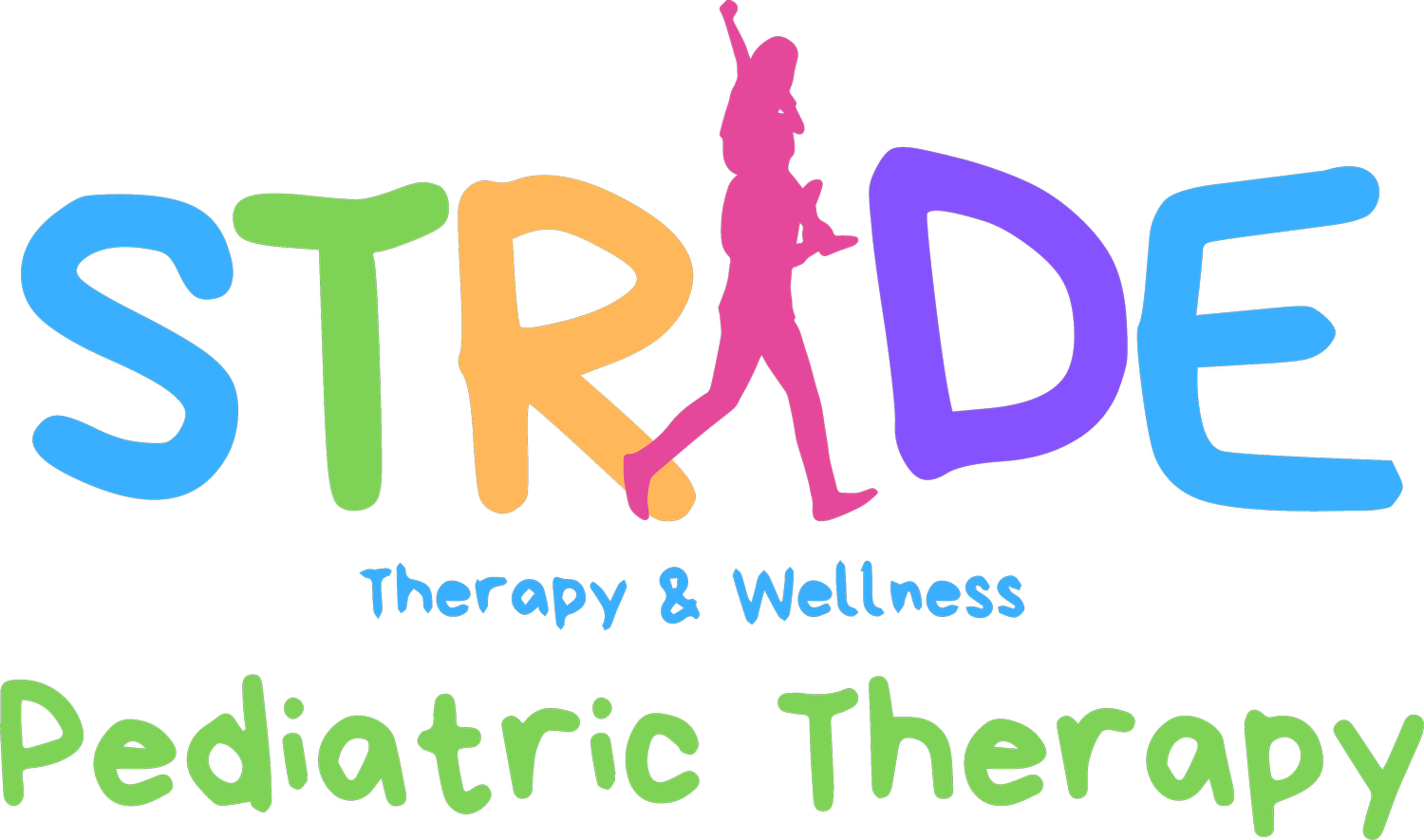My First Steps Services Ended, Now What?
So your child has just aged out of Early Intervention! Now what?
As your child nears his third birthday, you will begin to make some very important decisions about the services that your child will receive. You’ll find that oftentimes, children and families fall into one of five categories:
My child is eligible for school-based services and will be receiving all of their therapy at school
My child is eligible for school-based services and will be receiving therapy at school, but needs additional therapy
My child was not found eligible to receive school-based services through our district.
My child will not start preschool at my local district but will remain home, attend a school not served by the local district, or at his current childcare center, but we still need therapy!
My child will no longer need services once her Early Intervention Services end.
If you are a parent who has a child who will continue to need therapy after First Steps ends, it is important to understand the differences between the services that your child will receive in the schools vs. the types of services that you may receive in the outpatient setting.
As a parent, you want the best for your child's health and development, and when it comes to therapy services, it's essential to understand the differences between school-based therapy services and therapy services under the medical model. Both types of therapy services aim to improve your child's quality of life, but they have different approaches, settings, and funding sources.
School-based therapy services
School-based therapy services are provided to children who are eligible for special education services under the Individuals with Disabilities Education Act (IDEA). These services are free to eligible children and are provided in the child's school or preschool setting. School-based therapy services include occupational therapy, physical therapy, and speech-language therapy.
The goal of school-based therapy services is to help the child achieve educational goals, such as participating in classroom activities, communicating with peers and teachers, and accessing the curriculum. School-based therapy services are provided by licensed and certified therapists who are employed by the school district or contracted by the district.
School-based therapy services are typically short-term, and the frequency and duration of therapy are determined by the child's Individualized Education Plan (IEP). The IEP team, which includes parents, teachers, therapists, and other professionals, determines the child's eligibility for services, goals, and the type and frequency of therapy.
Therapy services under the medical model
Therapy services under the medical model are provided in a clinical or hospital setting, and the goal is to treat medical conditions or injuries that affect a child's ability to function independently. Therapy services under the medical model include occupational therapy, physical therapy, speech-language therapy, and other specialized therapies, such as music therapy and art therapy.
The goal of therapy services under the medical model is to improve the child's physical, cognitive, and social functioning, and to promote independence, self-care, and quality of life. Therapy services under the medical model are provided by licensed and certified therapists who work in hospitals, clinics, or private practices.
Therapy services under the medical model are typically longer-term than school-based therapy services, and the frequency and duration of therapy are determined by the child's diagnosis, medical needs, and insurance coverage. Therapy services under the medical model may be covered by private insurance, Medicaid, or other government programs.
Differences between school-based therapy services and therapy services under the medical model
There are several differences between school-based therapy services and therapy services under the medical model, including:
Setting: School-based therapy services are provided in the child's school or preschool setting, while therapy services under the medical model are provided in a clinical or hospital setting.
Funding: School-based therapy services are free to eligible children and are funded by the school district, while therapy services under the medical model may be covered by private insurance, Medicaid, or other government programs.
Goals: School-based therapy services focus on achieving educational goals, while therapy services under the medical model focus on improving the child's physical, cognitive, and social functioning.
Duration: School-based therapy services are typically short-term and are provided for the duration of the school year, while therapy services under the medical model may be longer-term, depending on the child's diagnosis and medical needs.
Frequency: The frequency of school-based therapy services is determined by the child's IEP team, while the frequency of therapy services under the medical model is determined by the child's diagnosis and medical needs.
Which type of therapy is right for your child?
The type of therapy that is right for your child depends on several factors, including the child's diagnosis, medical needs, and educational goals. If your child has a medical condition or injury that affects their ability to function independently, therapy services under the medical model may be appropriate. If your child has an educational need that affects their ability to participate in classroom activities, school-based therapy services may be the best option.
It's important to note that some children may benefit from both types of therapy services. For example, a child with cerebral palsy may receive physical therapy under the medical model to improve their mobility and strength, as well as school-based occupational therapy to improve their ability to participate in classroom activities.
It's also important to consider the child's individual needs and preferences when deciding on therapy services. Some children may prefer the familiar setting of their school or preschool, while others may benefit from the more structured and specialized environment of a clinical or hospital setting.
Overall, the decision between school-based therapy services and therapy services under the medical model should be based on the individual needs and goals of your child. It's important to work closely with your child's healthcare providers and educational team to determine the best course of action and to ensure that your child receives the highest quality of care.
